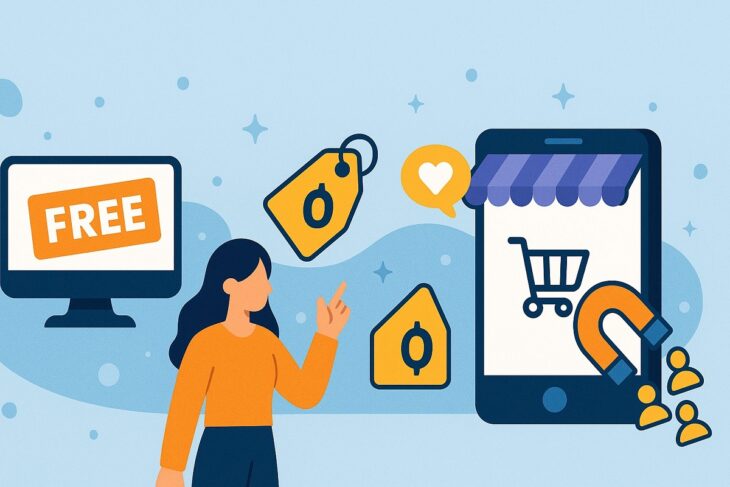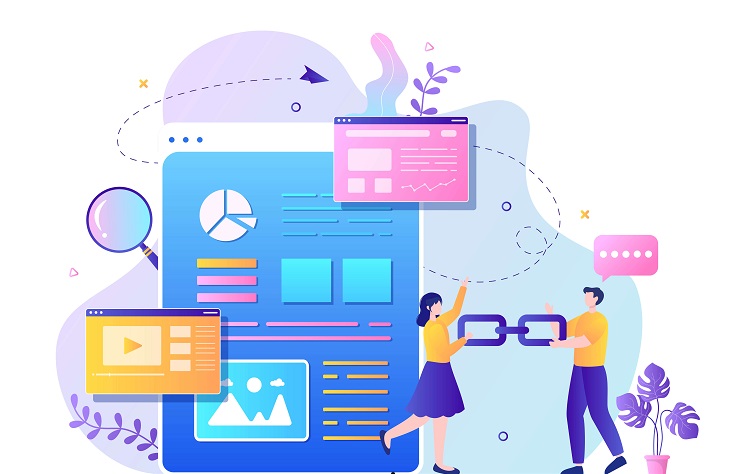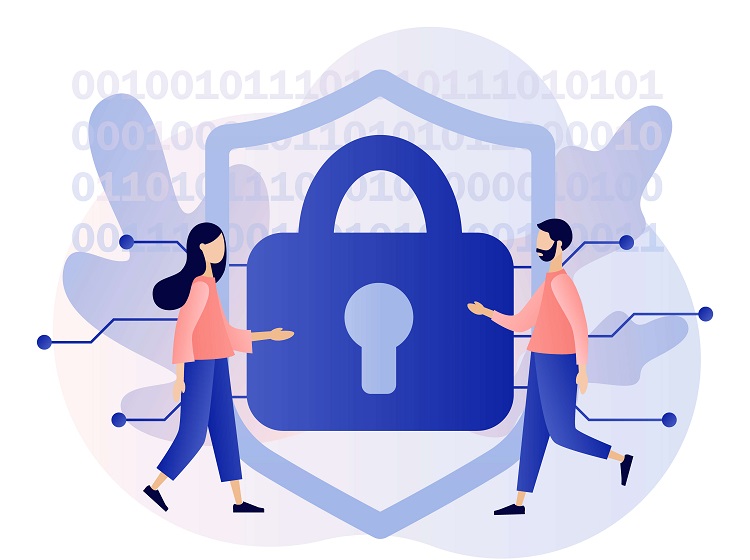Customer acquisition in online stores has entered a new phase where risk-free experiences take priority.
Businesses understand that potential users are hesitant to pay before testing value, which is why freemium, free trials, and hybrid approaches have become popular.
Each model offers a different path to engagement, and their effectiveness depends on the type of product and target audience.
Table of Contents
ToggleFreemium vs Free Trial: Core Definitions and Differences
At the center of modern acquisition strategies lie two models: freemium and free trials.
Both aim to minimize user risk and encourage engagement, but they differ in:
Freemium lowers the barrier of entry by allowing users to access basic functionality without time restrictions. It creates familiarity and daily habits, especially for tools designed for repeated use. The challenge lies in converting a large base of free users into paying customers. Free trials create urgency by restricting access to a defined period, usually 7 to 30 days. They push users to explore features thoroughly before deciding if payment is justified. This approach is effective for complex products but demands more resources to support trial users. Psychology plays a defining role. Freemium nurtures slow habit formation, while trials emphasize urgency with deadlines. Audience type also matters, as motivated, self-service users lean toward freemium, while executive-level buyers prefer guided evaluations. Now let us take a look at a couple of case studies that can tell us more about how to implement these methods properly and what are the results: Tettra’s decision to move from a free trial structure to a freemium model demonstrates how long-term engagement can outweigh short-term urgency. Over time, this approach led to a threefold increase in upgrades and more than doubled retention rates. The lesson from Tettra is that when products offer ongoing value in everyday use, freemium provides a stronger foundation for loyalty than limited-time access.
Freemium Model
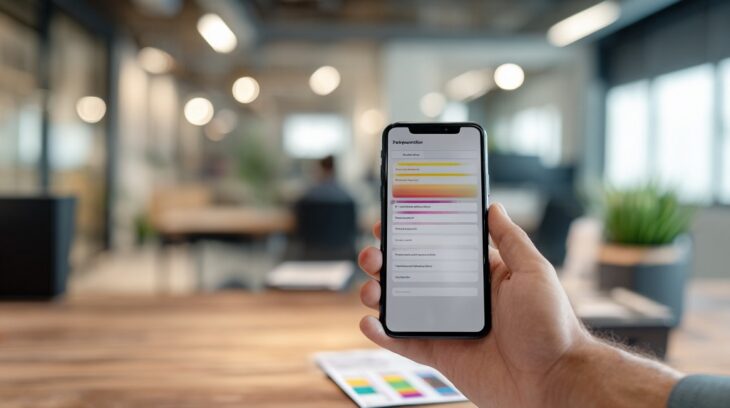
Free Trial Model

Key Distinctions
Strategic Use Cases and Case Studies
ProductLed: Tettra
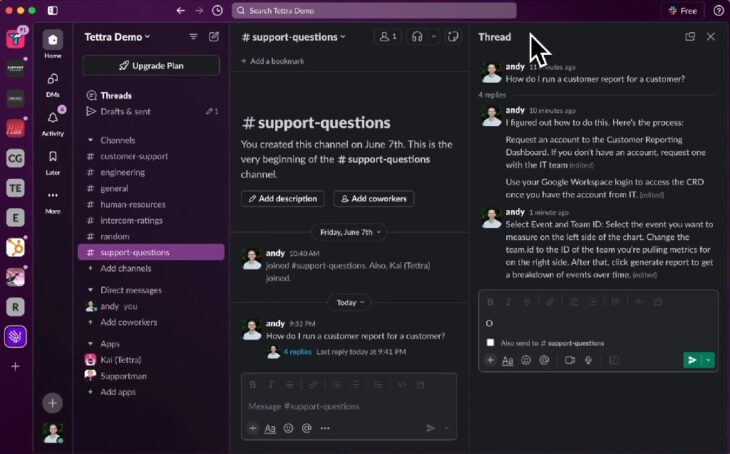
ConvertMate: Shopify and Dropbox
Shopify illustrates how freemium encourages early adoption by giving entrepreneurs the chance to build and experiment with stores before making a financial commitment.
This creates attachment, as users invest time and creativity into building something tangible. Dropbox follows a similar path but in a different product category.
At that moment, upgrading feels like a natural continuation rather than a forced decision. Both examples highlight how early value provision drives eventual willingness to pay.
Bay Leaf Digital: Font-Awesome & Evernote
View this post on Instagram
Font-Awesome thrives on a freemium model where users start with basic design tools and naturally shift to paid tiers when professional demands increase.
The transition is smooth, and the model ensures that customers grow alongside the product.
Evernote presents a hybrid approach, offering free trials of premium tiers to users already engaged with its free version.
These two cases demonstrate how product maturity and audience familiarity shape the decision to use freemium, trials, or a blend of both.
Trends in Customer Acquisition Strategies
Hybrid models are becoming more common, where freemium serves as the entry point and free trials are layered on top of premium features.
HubSpot illustrates this well with a mix of free tools and gated advanced upgrades.
Artificial intelligence is also shaping how companies convert users. AI tracks usage patterns, offering smart nudges, tailored trial extensions, and personalized onboarding sequences.
Retailers and online stores extend the concept of “try before you buy” into the physical shopping experience. Free shipping, risk-free returns, and partial-use promotions mimic freemium psychology by lowering hesitation.
Online platforms, including entertainment and casino operators like vladcazino.ro, also use free-play or trial modes to attract and engage customers before encouraging real-money conversions.
Benefits and Challenges by Business Type
Choosing between freemium and free trials is not only about customer psychology but also about the type of business adopting the model.
Different industries face different expectations, resource demands, and growth patterns.
Large Scale SaaS or Platforms
Large platforms benefit immensely from freemium models because mass adoption creates network effects.
Products like collaboration tools, storage services, and communication platforms thrive when millions of users can access a free version.
Once integrated into workflows, upgrading becomes a logical next step. However, the challenge lies in infrastructure costs.
Supporting a vast base of non-paying users requires significant investment in servers, maintenance, and customer support.
Companies at scale must weigh the long-term value of free exposure against the burden of sustaining operations for users who may never pay.
Niche or Complex Tools

For niche solutions or highly complex software, free trials often outperform freemium. In these markets, the goal is not to attract millions of casual users but to target decision-makers with specific needs.
Trials allow companies to showcase advanced capabilities in a controlled period, giving prospects enough evidence to justify purchase.
The challenge here is resource intensity. Trials demand strong onboarding, thorough documentation, and sometimes one-on-one support to ensure users see value before the trial expires.
Companies with limited sales bandwidth must carefully manage these resources to avoid burnout while still driving conversion.
eCommerce Stores
Freemium strategies in eCommerce often appear through plugins, apps, or subscription models that provide a free entry-level tier.
For instance, a free customization tool for products or a basic version of a subscription box allows customers to test functionality before spending.
Challenges arise when customers remain comfortable with the free tier, delaying upgrades indefinitely.
For online retailers, balancing the value of the free experience with the incentive to move toward paid options is essential.
Unlike SaaS, where usage grows naturally, eCommerce must carefully structure upgrade paths to avoid leaving too much value on the table.
Key Considerations for Choosing the Right Model

Selecting the appropriate acquisition model requires careful alignment between product, audience, and growth strategy.
Both freemium and free trials bring advantages, but their effectiveness varies depending on the business context.
Market Strategy Alignment
Different growth strategies demand different approaches.
- Freemium works best for high-volume adoption where viral growth is the goal
- Free trials suit specialized markets where upfront proof of value is necessary
- Disruptive players may lean on freemium paired with simplicity and low cost
Audience Profile
Audience characteristics heavily influence conversion potential.
- Tech-savvy, self-motivated individuals respond better to freemium models
- Corporate buyers and executives prefer trials with structured demos
- Younger demographics often prefer immediate free access, while enterprises seek guided evaluation
Time-to-Value & User Experience
How quickly users recognize value determines model success.
- Products with fast “aha” moments thrive in freemium structures
- Longer adoption cycles benefit more from time-limited trials
- Matching product maturity and user expectations ensures better outcomes
Summary
Freemium and free trial models continue shaping acquisition strategies, but no single model fits every business.
Hybrid approaches combining the best aspects of both are rising in popularity, especially when backed by AI-driven insights.
Companies are encouraged to test, adapt, and iterate until they discover the right formula for their market and audience. Future success will rely on balancing product complexity, user motivation, and strategic positioning.
